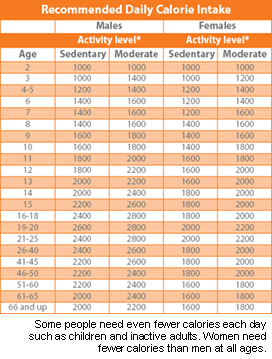There are hundreds of agave species in the United States, Mexico, and South America. Agave nectar is similar to maple syrup in consistency, but not as thick as honey. The nectar mostly consists of fructose and glucose and is 1.5 times sweeter than ordinary sugar. The blue agave plant, the same one tequila comes from, is used to make most agave sweeteners.
"Natural" sweeteners, including agave, are a popular substitute for high-fructose corn syrup and refined sugar, both of which have come under fire for being unhealthy.[1, 2]
Uses
Agave nectar has been used for medicinal purposes for centuries. A combination of salt and agave was used by the Aztecs to treat wounds and skin infections. Today, it's primarily used as a sweetener in everything from energy drinks to nutrition bars.[1]
Agave vs. refined sugar
Marketed as a "natural" sweetener, it's understandable why agave has gained a reputation for being healthier than sugar. The truth, however, is that agave is not healthier. In fact, it's high in calories and carbs and contain few nutrients.
Like other sugars, including those identified as "natural," agave is processed. The nectar starts out natural, but in order to make the transformation to the concentrated syrup found in stores, the raw material is processed. Blood glucose doesn't go up as fast in response to agave nectar as it does with refined white sugar, but people with diabetes need to practice the same insulin-monitoring care when consuming any sweetener, including agave.[1, 3]
Here are some main differences between agave nectar and sugar:[6, 7, 8]
| Agave nectar | Refined sugar |
|---|---|
| Agave is sweeter than sugar - 1.5 times | Also known as sucrose, it's not as sweet as agave |
| Up to 92% fructose, the remaining is glucose | 50% glucose, 50% fructose |
| Glycemic load per 2 tsp serving: 2 | Glycemic load per 2 tsp serving: 7 |
| Carbohydrates per 1 tbsp serving: 12g | Carbohydrates per 1 tbsp serving: 13g |
| Calories per 1 tbsp serving: 45 | Calories per 1 tbsp serving: 49 |
Safety concerns
Marketed as a "natural" sweetener, it's understandable why agave has gained a reputation for being healthier than sugar.
Agave has a low glycemic rank, but should not be consumed in large quantities by individuals with diabetes. It should be treated the same as other sugars.[1, 3]
It's better to get sugar from unprocessed whole fruit, which is packed with fiber and other nutrients, than from sugar substitutes. Fruits have a lower glycemic index rank than agave and have the benefit of added fiber and vitamins.[1]
The American Diabetes Association has changed its guidelines relating to sugar. People with diabetes don't have to avoid sweeteners, but still need to be cautious. Make sure to trade out some carbohydrates when you consume sugar, and check your blood sugar regularly.[2, 3]
Whether you have diabetes or not, consuming too much added sugar is not a good idea. It can result in weight gain, high triglycerides, tooth decay, and an array of other health problems.[4]
Considerations
"Sugar-free" doesn't mean "calorie-free." You will gain weight if you eat sugar-free foods that are high in calories. Adhering to your recommended daily calorie intake is one of the best ways to keep your weight in check. Proper calorie intake depends on age, health status, and how active you are. For more information on calories and diet, see the Mayo Clinic's Calorie Calculator tool.[4, 5]
References
Kathleen M. Zelman; WebMD.com; "The Truth About Agave;"
MedlinePlus; "Sweeteners - Sugars;" Updated 2011
American Diabetes Association; "Is Agave Nectar Safe For People with Diabetes?"
Mayo Clinic; "Artificial Sweeteners and Other Sugar Substitutes;" October 2012
Mayo Clinic; Calorie Calculator; April 2010
Jane Higdon, Ph.D.; Linus Pauling Institute; "Glycemic Index and Glycemic Load;" December 2005
Jeff Novick, MS, RD, LD/N; JackNorrisRD.com; "Agave: Health Food, Health Fad or Health Fraud?"
American Diabetes Association; "Is agave nectar OK for people with diabetes?"
Agave Price Alerts
The following price alerts are still active:
- Oct 15, 2025NOW Agave Nectar 23.28 Oz. (only Light) dropped by 8.7% to $6.29 at AllStarHealth
Sign up for future Agave deals and coupons!
Click the button below to sign up for future Agave deals, news, and coupons!
